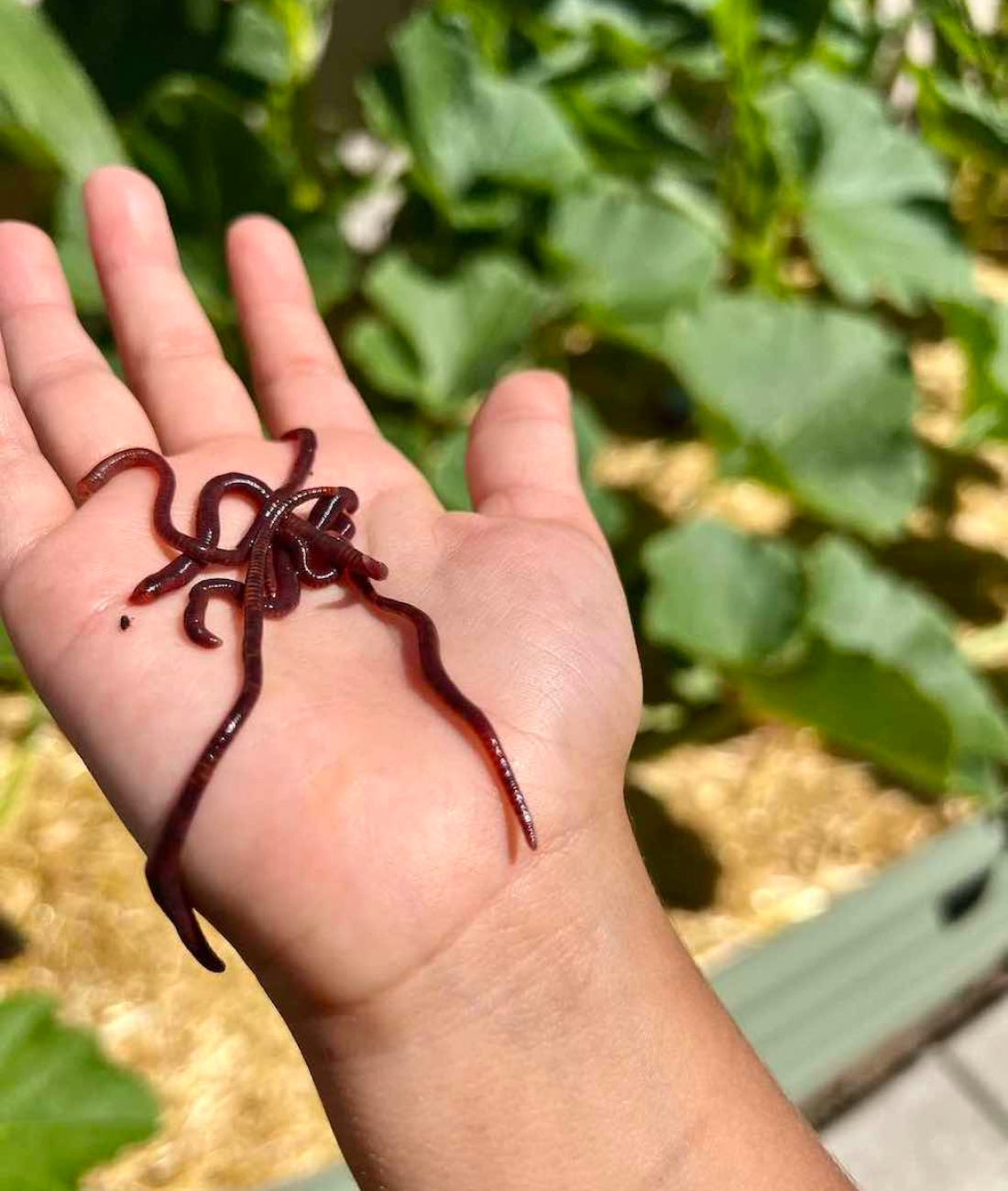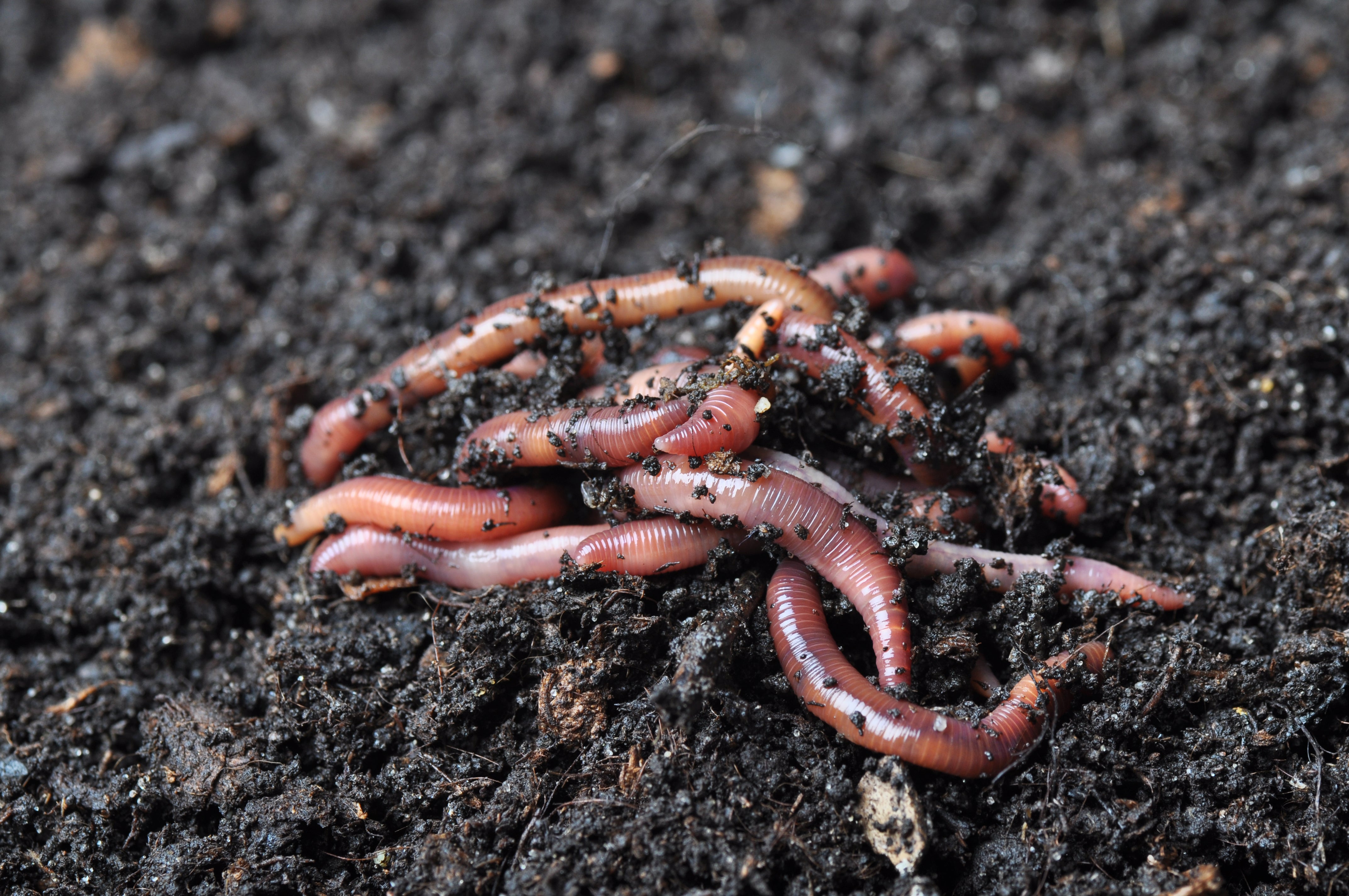The 20-Second Trick For Red Wiggler Express
The 20-Second Trick For Red Wiggler Express
Blog Article
The 2-Minute Rule for Red Wiggler Express
Table of ContentsLittle Known Facts About Red Wiggler Express.More About Red Wiggler ExpressGetting My Red Wiggler Express To WorkNot known Details About Red Wiggler Express
Vermicomposting definitely isn't a new method. We have actually been doing it right here at Uncle Jim's for years. With the international press for sustainability and with green techniques expanding in popularity, people are finally coming about and acknowledging the environmental benefits of red wiggler worms and composting. In this post, we'll discuss how vermicomposting supports lasting horticulture and the environmental benefits of red wigglers and other earthworms.
This is the brief of it. If you wish to review in-depth concerning red shakes, we have an entire short article devoted to them here. Now, let's get involved in the basics of just how these worms sustain lasting horticulture techniques and profit the environment: Worm composting is like a day spa day for your dirt.
When included into your yard soil, these castings enhance its structure, aeration, and water retention. This aids with plant growth and health and wellness and does not call for the use of any chemicals. Did you know that natural waste makes up a significant section of garbage dump material? And decaying organic waste in landfills creates huge quantities of garbage dump gas (LFG), which is consisted of about 50% carbon dioxide and 50% methane a greenhouse gas roughly 28 more powerful than CO2.
By diverting your kitchen area scraps and yard waste right into a worm composting container, you're effectively minimizing the amount of natural waste that winds up in landfills. It's a great deal for your garden and the planet. Neglect about chemical fertilizers worm spreadings are the real deal. They're chock-full of necessary nutrients like nitrogen, phosphorus, and potassium.
The Definitive Guide for Red Wiggler Express

Maintain the bin in a great, questionable place to stop getting too hot. Mix the nutrient-rich worm castings right into your yard dirt or use them as a top clothing for potted plants. You'll observe healthier, better plants in a snap! It really is as basic as that. In a globe where sustainability is ending up being increasingly critical, red wigglers beam as unrecognized heroes of horticulture.
Composting may feel like old news, but doing it with a bin packed with worms probably doesn't. Red wiggler worms provide great advantages to the organic gardener, creating both a natural fertilizer and a reliable chemical. And they consume your kitchen scraps. The value of red wigglers, a.k (Red Wigglers For Bait).a. Eisenia fetida, hinges on their excrement, referred to as worm spreadings.
Worm spreadings may be bought at stores such as SBS in Vineyard Place or Vineyard Gardens in West Tisbury, yet to elevate the worms in a garden compost bed and harvest your very own castings is a lot more fun. The job of these worms is an aspect of lasting living. Red wigglers are native to steed manure, where they burrow to lay eggs.
Little Known Facts About Red Wiggler Express.
(https://www.nextbizthing.com/hickory/home-20-garden/red-wiggler-express)They can't make a great deal of it." He covers the container with straw, after that a piece of old rug. "They like the warmth," he states. Lynn discusses the manufacturing of castings and two uses: as a fertilizer and as a chemical. "They digest rotting issue. It passes with them and adds calcium to make this rich earth," she claims.
"We call it gold tea," claims Lynn. "I did it to see if it would make a distinction on white flies and aphids. My rosemary had a mold or fungi. After I sprayed, instantly it looked much better." The red wiggler is a prodigious breeder, laying eggs as commonly as once a week.
It takes three to 5 months for a baby worm to reach sexual maturity and the adult size of three inches. Their life period is 4 to five years unless naturally they are made use of for bait. As freshwater fish bait, wigglers wriggle responsible and make it through undersea longer than conventional earthworms.

As one of the Epigeic class of compost worms, the normally does not appear in soils. Rather, it thrives within the soils of ground covers, manure, and breaking down plant life. The worm is red or reddish-brown in color and has a smooth, cylindrical shape. The clitellum, or saddle-like reproductive gland, lies concerning two-thirds of the method down the worm's body.
A red wiggler worm can mature to 4 inches in length yet is generally only regarding 2 and a fifty percent inches. The worm has a small mouth located at the front of its head. It also has little bristles, called setae, which help the worm step and anchor itself to surfaces.

Report this page